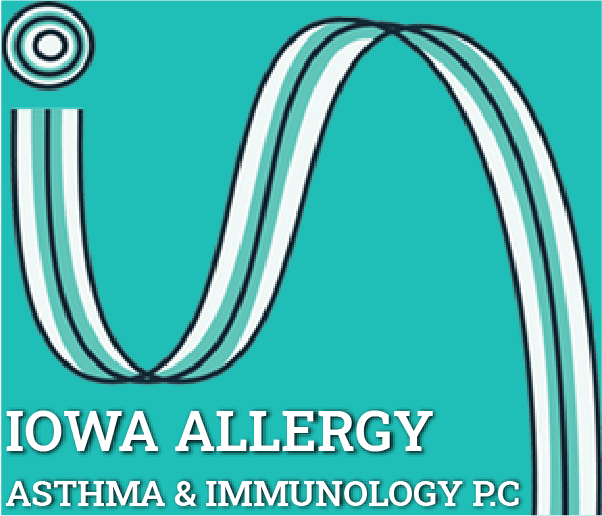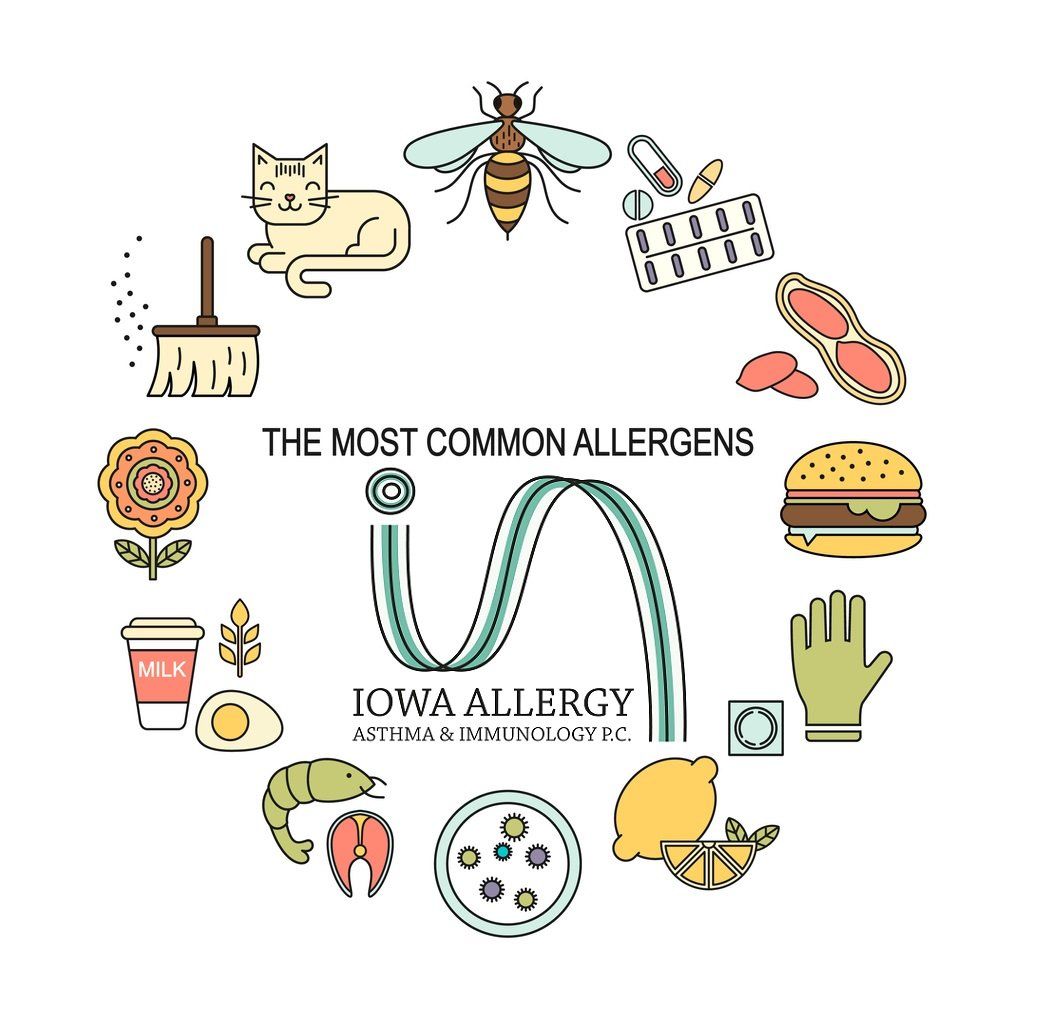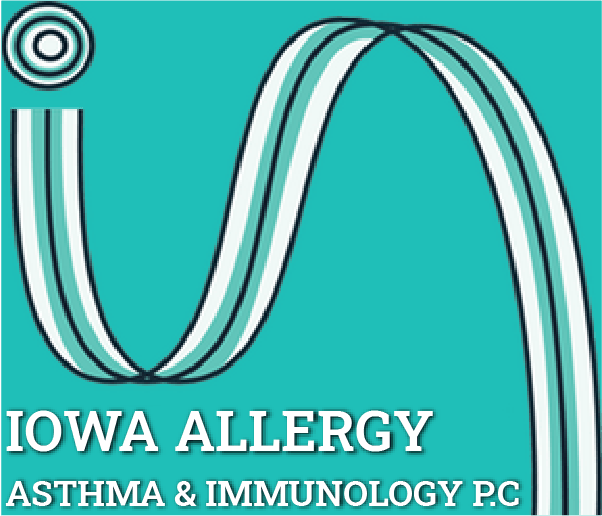FOOD ALLERGIES
What is a food allergy?
A true food allergy involves the abnormal response of the body’s immune mechanisms to specific foods or food ingredients. A wide variety of symptoms can occur with a food allergy and usually fall into these categories:
- Gastrointestinal: abdominal pain, nausea, vomiting, diarrhea, trouble swallowing
- Skin: itching, hives, swelling, rash
- Upper and lower respiratory: asthma, cough, nasal symptoms, watery/itchy eyes, throat swelling, hoarseness, shortness of breath, wheezing
What foods cause allergic reactions?
Foods that commonly cause allergy in infants and children are egg, milk, peanuts, soy, wheat, and fish. Foods that commonly cause allergy in adults are shellfish, peanuts, nuts, fish, and soy. However, food allergy may develop to any food that is included in the diet and may develop at any time in life.
What are the differences between a food intolerance and food allergy?
Food allergy is sometimes confused with food intolerance. Food allergies involve your immune system, are predictable, and can be life-threatening. An intolerance is when your body has an abnormal response to a food or chemical is irritating to the body but does not involve the immune system. Intolerances can be unpredictable and can cause symptoms but is generally much milder than true allergy.
What are symptoms of a food reaction?
An allergic reaction to food can have many different symptoms, and a single person can experience different symptoms from one reaction to the next. Many reactions start with skin symptoms, like hives or a rash, but some do not. More serious symptoms like a drop in blood pressure and trouble breathing can be life-threatening. Talk to your allergist and work with them to figure out a plan for emergencies.
What is Anaphylaxis?
Anaphylaxis is a serious, severe allergic reaction that comes on quickly and may cause death. Early use of an epinephrine auto-injector is the primary treatment for anaphylaxis.
Anaphylaxis often begins within minutes after a person eats a problem food. Less commonly, symptoms may begin hours later. Up to 20 percent of patients have a second wave of symptoms hours or even days after their initial symptoms have subsided. This is called biphasic anaphylaxis.
Anaphylaxis is highly likely to be occurring when any one of the following happens within minutes to hours after ingestion of the food allergen:
- Difficulty breathing
- Throat tightness
- Change in voice
- Coughing
- Runny nose/congestion/sneezing
- Itchy/red/watery eyes
- Reduced blood pressure (e.g., pale, weak pulse, confusion, loss of consciousness)
- Racing heart
- Sense of impending doom
- Hives, itching, or swelling of any body part
- Gastrointestinal symptoms (e.g., vomiting, diarrhea, cramping)
How are food allergies treated?
Once a food allergy is suspected, your provider will determine if you are a candidate for a food challenge to confirm or reject the allergy or desensitization to build tolerance to the food. There are several factors involved with this decision-making process that may include skin testing, blood tests, and patient history.
There are 3 options for food allergy:
- Avoidance of the food and carrying an epinephrine auto-injector for accidental exposures.
- Food challenge is a process by which a small amount of food is given by mouth in increasing doses over the period of up to several hours under the supervision of a provider. This is done when there is a good chance that you may not be allergic to the food.
- Desensitization (oral immunotherapy) refers to feeding an allergic individual an increasing amount of an allergen with the goal of increasing the threshold that triggers a reaction. For example, peanut-allergic patients can be given very small amounts of peanut protein in increasing amounts in the allergist’s office. The goal of therapy is to raise the threshold that may trigger a reaction and provide the allergic individual protection against accidental ingestion of the allergen.





